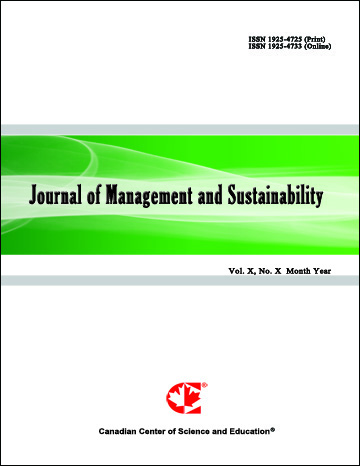Organizational Commitment in Nigerian Banks: The Influence of Age, Tenure and Education
- Benjamin Akinyemi
Abstract
Age, tenure and education data are often used by employers to make series of decisions in matters relating to recruitment and selection, salaries and compensation, retrenchment and retirement, etc. In recent times, the Nigerian banking sector has been undergoing series of reforms which have led to restructuring, mergers and acquisitions, downsizing and liquidation. Organizations’ management tend to hold the view that the younger the employee the higher the level of commitment and productivity, hence, the preference for the younger to the older employees in acquisition and retention of workforce. Job advertisements do emphasize conditions such as minimum age and educational level not only for entry-level jobs but also for other types of positions. Most job advertisements also specify the added advantage of years of experience. This practice is not unconnected with the general belief that age, tenure and level of education have attitudinal, behavioral and productivity consequences which are critical to organizations’ overall performance and sustainability.
The current study examines the role of employee’s age, tenure (length of service) and educational levels on the three components of commitment – affective, normative and continuance commitment – in the service industry, Nigeria’s banking sector. The study, therefore, is expected to empirically examine the possible influence of employees’ demographic factors such as age, tenure and education level influence their affective, normative and continuance commitment. The paper is divided into the following sections: Introduction, Background, Methodology, Result and Discussion, Implications and Future Research.
- Full Text:
 PDF
PDF
- DOI:10.5539/jms.v4n4p104
Journal Metrics
Google-based Impact Factor (2021): 1.54
h-index (July 2022): 37
i10-index (July 2022): 147
h5-index (2017-2021): 12
h5-median (2017-2021): 19
Index
- Academic Journals Database
- ANVUR (Italian National Agency for the Evaluation of Universities and Research Institutes)
- CAB Abstracts
- CNKI Scholar
- EconBiz
- Excellence in Research for Australia (ERA)
- GETIT@YALE (Yale University Library)
- Harvard Library
- HeinOnline
- Infotrieve
- JournalTOCs
- LOCKSS
- MIAR
- PKP Open Archives Harvester
- RePEc
- Scilit
- SHERPA/RoMEO
- Stanford Libraries
- UCR Library
Contact
- Evelyn XiaoEditorial Assistant
- jms@ccsenet.org
